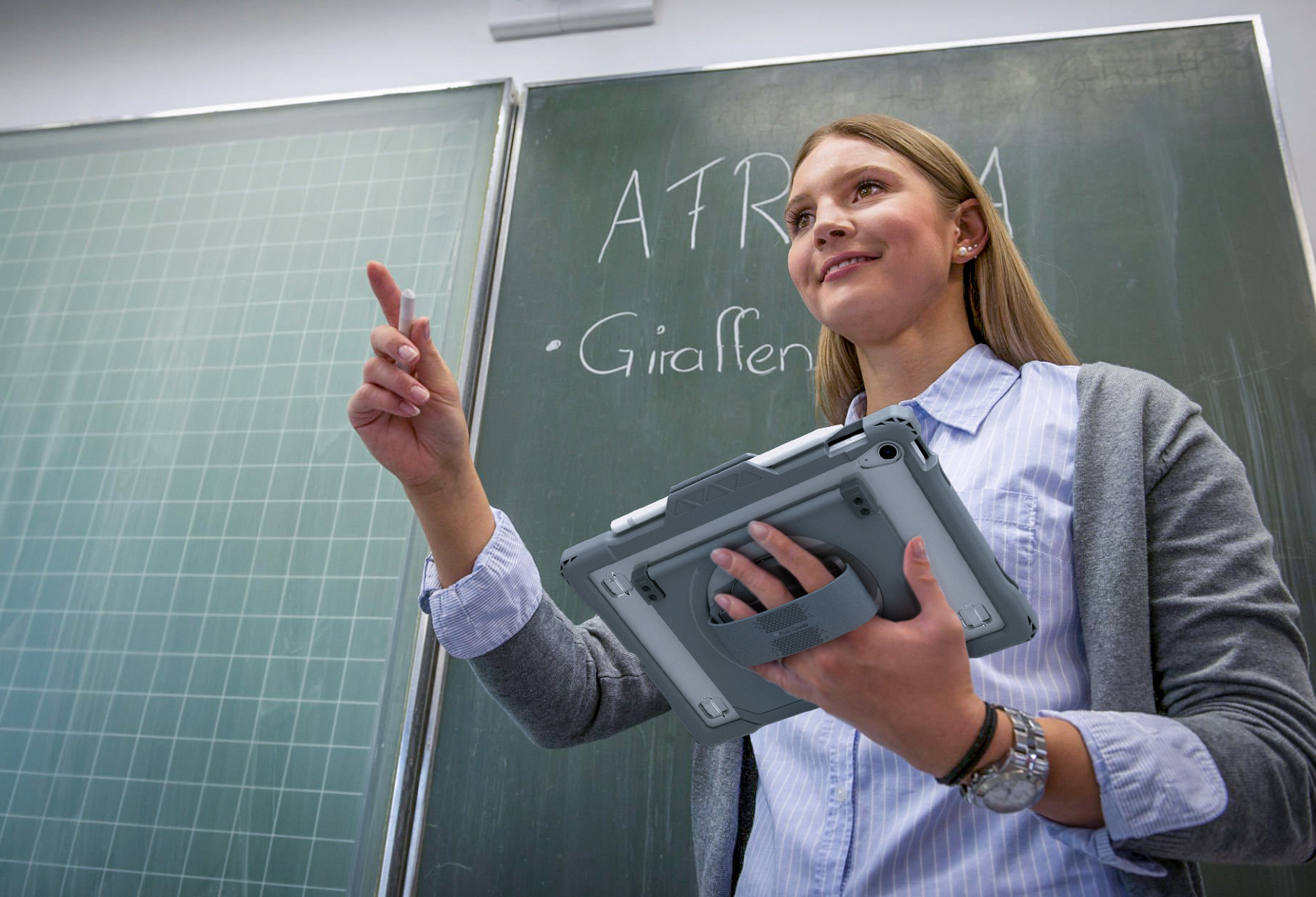
It’s that time of year again. Teachers and administrators dust off their desks. Students grab their new school supplies and head back to the classroom. Everyone loves a fresh start, and the new school year is the perfect time to establish a healthy learning environment. The steps you take in these first weeks can help ensure the entire school year runs a little more smoothly and that your students learn more effectively. Here are some tips to get things going on the right foot.
Show your students you want to know them as individuals
Before any academics enter the picture, your students will want to be seen, known, and appreciated as human beings. This is a basic we all have, and as teachers who spend a significant amount of time with these young people, it’s a great responsibility. If your students believe that you care about them as people, they will begin to trust you, and a trusting relationship is the foundation to a healthy learning environment.
Take the time to learn all of your students’ names, and use them throughout the day. You may want to jot down details about each students’ life as they share them with you during the early days – things like favorite activities, siblings and friends, and particular gifts they may have. Be sure to take the time to connect with your students, ask about their lives, and show that you care.
Model respect for the diversity of your students
Help establish emotional and social safety in your classroom by modeling interest in and respect for each student’s culture, identity, and academic ability. Not only will your students need to have a trusted relationship with you as the educator, they will need to build relationships with their classmates. Depending on the age and makeup of your classroom, this can be a significant challenge. Although you won’t be able to control every aspect of classroom dynamics, you can model an attitude of genuine interest and respect for the diversity and individual gifts of every student.
Establish expectations
Every parent and teacher knows that students will test boundaries, especially with new authority figures. It’s critical that you establish clear expectations for interactions, behavior, procedures, and academic work from day one. Students also need to understand the consequences of not adhering to these expectations, along with the rewards for compliance. For younger students, it may be helpful to roleplay potential situations, to help them understand the steps they can take and words they can use.
In a similar vein, take some time to be introspective and think about your particular teaching style, your classroom experience in past years, and how your philosophy and teaching technique may contribute to the learning environment in your classroom. Set expectations for yourself as well as for your students. This could be anything that you identify as useful based on your reflections - from committing to specific daily actions to improve your classroom culture to setting aside time to review research about healthier learning environments.
Finally, set expectations for your students’ parents and guardians. Don’t wait until the first parent-teacher conferences are scheduled; instead, reach out early to meet and get to know them. Invite them to be part of your students’ school year, help them understand their important role in their students’ learning, and make yourself available for questions and concerns. In our age of technology-focused communications, using a classroom web page or app may help.
Focus on the process
As the school year gets underway, it’s easy for educators to get quickly sidetracked by the many requirements, such as milestones, lesson plans, and testing. Although these academic goals are necessary, be sure to also maintain focus on the process of how they are achieved. Remember that fostering a healthy, positive classroom environment will ultimately help you reach these goals.
Promote healthy interactions
One way to keep your positive classroom culture on track is to consistently promote and encourage healthy interaction, like cooperation, active listening, and problem solving. Help students understand why these skills are important not only in school but also in family life, extracurricular activities, and eventually, in the workplace.
Select a classroom management style
Finally, it can be helpful to select and practice a specific management style for your classroom. Primary educators may want to create classroom jobs and rewards systems that are fun and positive. For students in the older levels, teachers will want to begin treating teens as young adults, and expecting a more mature level of behavior as a result. Classroom management ideas for high school students will revolve around building those trusted relationships, setting clear expectations, and creating engaging lesson plans and instruction techniques.
Conclusion
Every fall presents us with a new opportunity to have a fresh start with our students. By focusing on creating a healthy learning environment from the first weeks in the classroom, we can set up our students and school communities to be productive, positive places for learning and growth this year.


